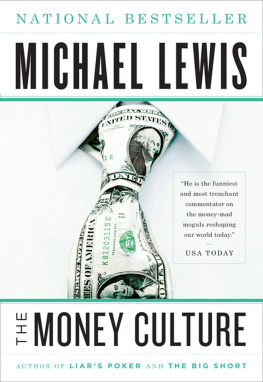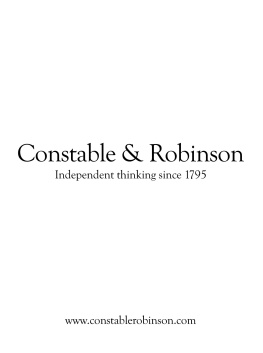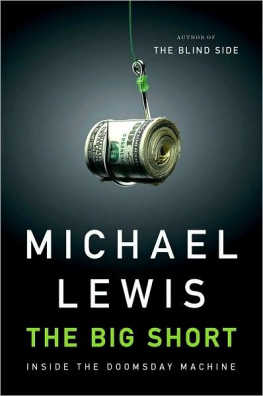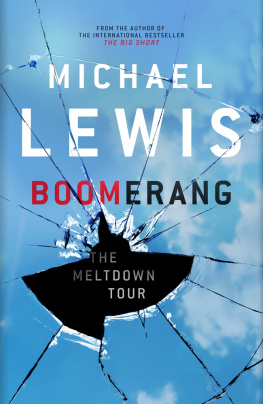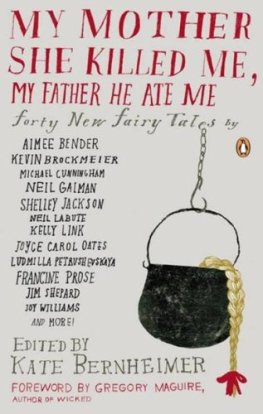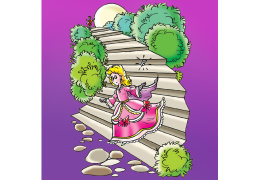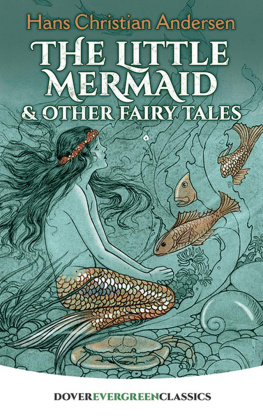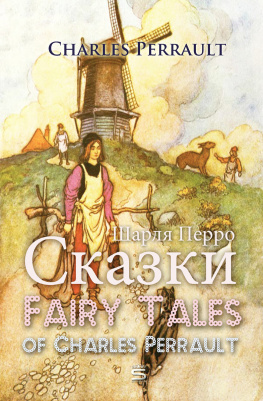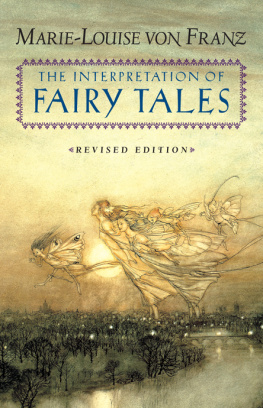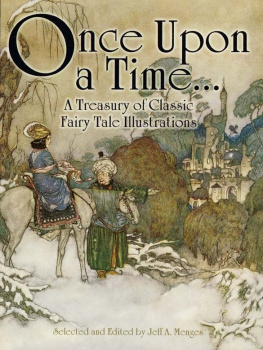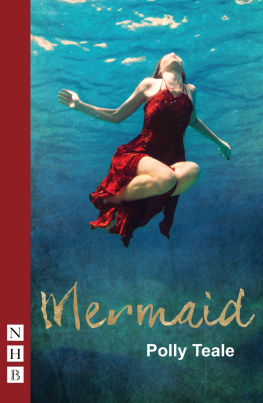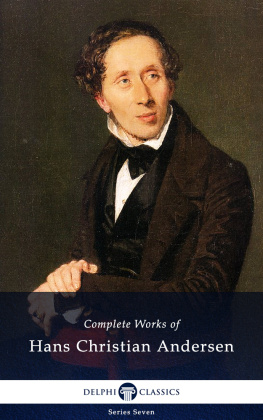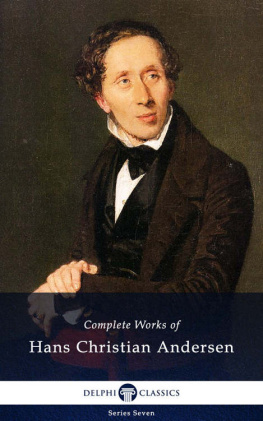Lewis - Hans Andersens Fairy Tales, Retold
Here you can read online Lewis - Hans Andersens Fairy Tales, Retold full text of the book (entire story) in english for free. Download pdf and epub, get meaning, cover and reviews about this ebook. year: 2009, publisher: Penguin Group UK, genre: Art. Description of the work, (preface) as well as reviews are available. Best literature library LitArk.com created for fans of good reading and offers a wide selection of genres:
Romance novel
Science fiction
Adventure
Detective
Science
History
Home and family
Prose
Art
Politics
Computer
Non-fiction
Religion
Business
Children
Humor
Choose a favorite category and find really read worthwhile books. Enjoy immersion in the world of imagination, feel the emotions of the characters or learn something new for yourself, make an fascinating discovery.

Hans Andersens Fairy Tales, Retold: summary, description and annotation
We offer to read an annotation, description, summary or preface (depends on what the author of the book "Hans Andersens Fairy Tales, Retold" wrote himself). If you haven't found the necessary information about the book — write in the comments, we will try to find it.
Lewis: author's other books
Who wrote Hans Andersens Fairy Tales, Retold? Find out the surname, the name of the author of the book and a list of all author's works by series.
Hans Andersens Fairy Tales, Retold — read online for free the complete book (whole text) full work
Below is the text of the book, divided by pages. System saving the place of the last page read, allows you to conveniently read the book "Hans Andersens Fairy Tales, Retold" online for free, without having to search again every time where you left off. Put a bookmark, and you can go to the page where you finished reading at any time.
Font size:
Interval:
Bookmark:
PUFFIN CLASSICS
H ANS A NDERSENS F AIRY T ALES

H ANS C HRISTIAN A NDERSEN (180575) was born in Odense, Denmark, the son of a poor shoemaker and a washerwoman. As a young teenager, he became quite well known in Odense as a reciter of drama, and as a singer. When he was fourteen, he set off for the capital, Copenhagen, determined to become a national success on the stage. He failed miserably, but made some influential friends in the capital, who got him into school to remedy his lack of proper education. He hated school: aged seventeen, he was in a class of twelve-year-olds and was constantly mocked by them and by the teachers.
In 1829 his first book an account of a walking trip was published. After that, books came out at regular intervals. At first, he considered his adult books more important than his fantasies. In later life, however, he began to see that these apparently trivial stories could vividly portray constant features of human life and character, in a charming manner. There were two consequences of this. First, he stopped regarding his stories as trifles written solely for children; second, he began to write more original stories, rather than retelling traditional tales.
He once said that ideas for stories lie in my mind like seeds and only need the kiss of a sunbeam or a drop of malice to flower. He would often thinly disguise people he liked or disliked as characters in his stories: a woman who failed to return his love becomes the foolish prince in The Little Mermaid; his own ugliness and humiliation, or his fathers daydream of being descended from a rich and powerful family, are reflected in The Ugly Duckling.
Hans Andersens stories began to be translated into English as early as 1846. Since then, numerous editions, and more recently Hollywood songs and a Disney cartoon, have helped ensure the continuing popularity of the stories in the English-speaking world. But nothing matches the charm of the written stories, a dozen of which are freshly translated into modern English in this volume.
Some other Puffin Classics to enjoy
A LADDIN AND O THER T ALES FROM T HE A RABIAN N IGHTS S INDBAD THE S AILOR AND O THER T ALES FROM T HE A RABIAN N IGHTS
N. J. Dawood
G RIMMS F AIRY T ALES
Brothers Grimm
A T RANSLATION
WITH I NTRODUCTION AND N OTES
BY N AOMI L EWIS
Hans Andersens Fairy Tales
Illustrated by
P HILIP G OUGH

PUFFIN BOOKS
ForKayeWebb
PUFFIN BOOKS
Published by the Penguin Group
Penguin Books Ltd, 80 Strand, London WC2R 0RL , England
Penguin Putnam Inc., 375 Hudson Street, New York, New York 10014, USA
Penguin Books Australia Ltd, 250 Camberwell Road, Camberwell, Victoria 3124, Australia
Penguin Books Canada Ltd, 10 Alcorn Avenue, Toronto, Ontario, Canada M4V 3B2
Penguin Books India (P) Ltd, 11 Community Centre, Panchsheel Park, New Delhi 110 017, India
Penguin Books (NZ) Ltd, Cnr Rosedale and Airborne Roads, Albany, Auckland, New Zealand
Penguin Books (South Africa) (Pty) Ltd, 24 Sturdee Avenue, Rosebank, 2196 South Africa
Penguin Books Ltd, Registered Offices: 80 Strand, London WC2R 0RL, England
www.penguin.com
This edition first published 1981
Reissued in this edition 1994
Copyright Naomi Lewis, 1981
Illustrations copyright Philip Gough, 1981
All rights reserved
Except in the United States of America, this book is sold subject to the condition that it shall not, by way of trade or otherwise, be lent, re-sold, hired out, or otherwise circulated without the publishers prior consent in any form of binding or cover other than that in which it is published and without a similar condition including this condition being imposed on the subsequent purchaser
ISBN: 978-0-14-193854-7
C ONTENTS
I wish to express particular gratitude to the late Marianne Helweg for her valuable help and advice on points of Danish, and to Kaye Webb, who originated this book and continually encouraged it on its course. And appreciation and thanks to Doreen Scott for her calm and unfailing patience, and her inspired eye for seemingly vanished manuscripts.
What is genius? Where does it come from? Nobody knows. But it is the nearest thing to magic that any human creature can possess. The young Hans Christian Andersen possessed it, no doubt about that. A penniless boy, growing up in a small far northern land, whose language was scarcely known outside its borders, he was to become the best-known, best-loved Dane in all the world, and so he has remained. In this book are some of the tales that made him so.
Hans Andersen (180575) was born in a very poor home in Odense, Denmark. He was later to speak of his life as a fairy tale, but this did not mean that success came soon, or easily, or in the way he hoped. Every wish has its price: thats the rule, in fairy tale as in life. Andersen, on his road to fame, had to face as many forests of thorn, steep glass mountains and fearsome trials as any hero of legend.
Still, he was not without a few grains of luck at the start. For one thing, he was an only child. This gave him more chance of not being pushed out into some harsh trade, and of having his parents attention, his fathers especially. These parents were totally unalike except in their love for their son. But both were to influence him, though differently, for the rest of his life.
The mother was a peasant woman, simple and superstitious. Like many of the poor, she could not read. She was terrified of questioning the Church or the Bible or the rights of her wealthy feudal superiors. The father, by contrast, was a natural student and thinker, a man of ideas, a reader of literature. By trade he was a shoemaker. He had no great taste or talent for the job, but then, he had never been given any choice. His free-thinking views on religion and social matters (which today would not be thought odd at all) alarmed and shocked his wife; but she always respected his wish that Hans Christian, unlike himself, should never be forced into work of the wrong kind. Meanwhile, he would take the boy into the woods and point out the grass and flowers and insects, each with a life of its own. He read to him, plays and stories; he made him toys, and the best of these was a toy theatre. The whole world seen in miniature was to be the special mark of Andersens work.
When Hans Christian was eleven his father died, still a young man, but worn out by hardship and failure. His imagination, his restlessness, his dreams all lived on in his son. So did his mothers superstition, her belief in magic and her sturdy peasant endurance. An odd mixture! But all were part of his nature and his tales.
Odense, where he grew up, was a town like a small story-book kingdom. It contained a royal castle, and many old buildings which live again in the stories. There was also a theatre which attracted the boy irresistibly. As for the people of Odense, they stayed in their rigid stations nobility, gentry, those in professions, in trade, and last, the labouring poor. No one presumed to step out of place except the washerwomans crazy boy (as he was now considered). Against all the unspoken rules he was drawn to the thinking and well-spoken, to writers and painters, actors and scholars; some of them lent him books and helped him in small ways.
Yet dreaming, reading and working at his toy theatre could not earn him a living. And so, at fourteen, he set out to seek his improbable fortune in the capital city of Copenhagen. There he was, half-starved, in outgrown clothes, knocking at the doors of likely people, pleading, singing, clowning his way into their attention, into the Royal Theatre and out of it still seeing himself as an actor, singer or dancer. Oddity though he was, he continued to catch the puzzled aid of patron after patron, scholars, singers, councillors, even royalty itself. Something had to be done with him, that they all agreed. And so, at seventeen, he was sent away to school to make up the education he had missed, Latin, Greek, mathematics and the rest, a great tall scarecrow among the little eleven-year-olds. Worse still (though unknown to his guardians), he lived in dreadful conditions, starved and tormented. It was the darkest period of his life.
Font size:
Interval:
Bookmark:
Similar books «Hans Andersens Fairy Tales, Retold»
Look at similar books to Hans Andersens Fairy Tales, Retold. We have selected literature similar in name and meaning in the hope of providing readers with more options to find new, interesting, not yet read works.
Discussion, reviews of the book Hans Andersens Fairy Tales, Retold and just readers' own opinions. Leave your comments, write what you think about the work, its meaning or the main characters. Specify what exactly you liked and what you didn't like, and why you think so.

